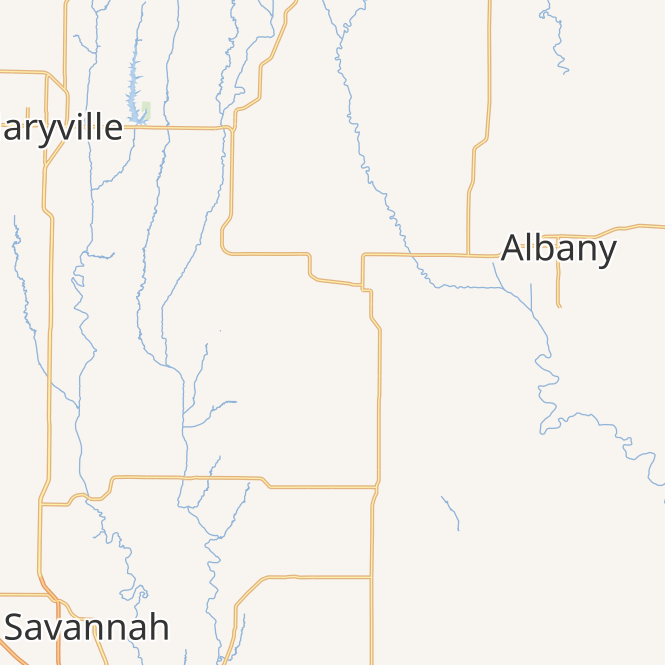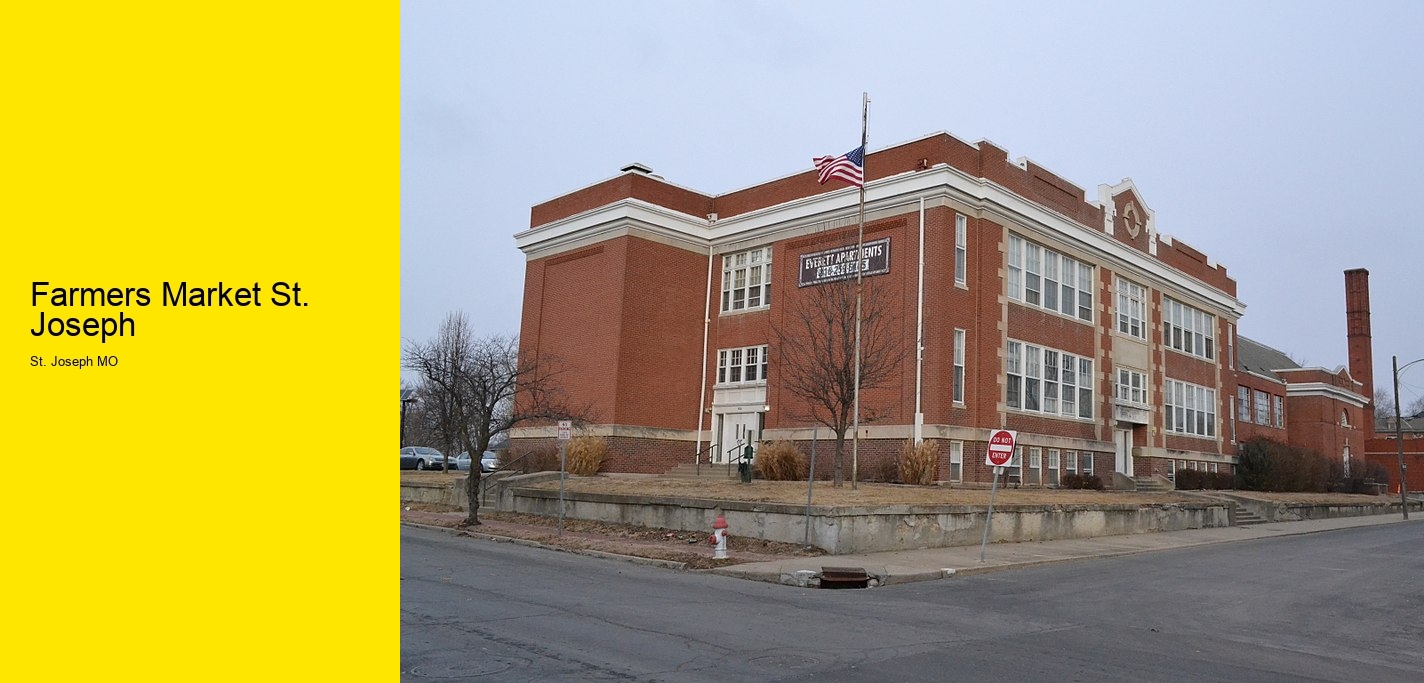Farmers Market St Joseph: The Local Produce Market In St Joseph Offers A Vibrant Selection Of Fresh Fruits And Vegetables From Regional Farmers
Overview of the Local Produce Scene in St. Joseph
The culinary landscape in St. Joseph is vibrant, yet navigating it can sometimes feel daunting. Many enthusiasts encounter challenges such as:
- Limited access to fresh, organic ingredients
- Inconsistent quality of produce
- Difficulty in finding seasonal items
- High prices at conventional grocery stores
However, the local hub for fresh offerings is a gem that addresses all of these concerns and more! As a former patron, I can wholeheartedly attest to the transformative experience it provides.
- Freshness Guaranteed: Every item is sourced directly from local farms, ensuring that what you receive is not only fresh but also bursting with flavor.
- Quality Assurance: Farmers take pride in their produce; you can trust that the fruits and vegetables are cultivated with care.
- Seasonal Variety: The selection changes with the seasons, making each visit a delightful surprise with new offerings to explore.
- Affordability: Bypassing the middleman means you can enjoy high-quality goods at reasonable prices.
This marketplace thrives on community spirit, bringing together local farmers and enthusiastic shoppers in a lively atmosphere. The experience is not just about purchasing food; it's about forging connections with the people who cultivate it. It's a place where you can deepen your appreciation for local agriculture while supporting the economy of St.
Farmers Market St. Joseph -
- U.S. Route 36
History and Development of the Market in St. Joseph MO
The roots of the market in St. Joseph stretch back decades, intertwining with the agricultural heritage of the area. Initially, it served as a gathering spot for local farmers to exchange their harvests, fostering a sense of community and supporting the regional economy. Over the years, this vibrant bazaar has evolved significantly, adapting to the shifting demands and preferences of consumers.
As urbanization progressed, the market faced significant hurdles, including competition from supermarkets and changes in shopping habits. Adaptability became key; the market embraced these shifts by diversifying offerings. Seasonal produce, artisanal goods, and organic selections became staples, attracting a wider audience.
They recognize the evolving landscape and prioritize local vendors, ensuring that fresh, quality products are always available. This commitment not only enhances the market's appeal but also strengthens local agriculture. Engaging with farmers who practice sustainable methods fosters a robust ecosystem that consumers can trust.
- Support local economies by shopping at community-driven markets.
- Engage with vendors to learn about the origins of products.
- Attend seasonal events for unique offerings and experiences.
- Utilize social media to stay updated on special promotions and new arrivals.
Innovation continues to thrive within this bustling marketplace. Workshops and cooking demonstrations educate patrons on utilizing fresh ingredients, bridging the gap between farm and table. Such initiatives not only elevate culinary skills but also highlight the importance of local sourcing.
With a vibrant atmosphere that celebrates both tradition and modernity, the market in St. Joseph remains a cornerstone of the community, drawing in both locals and visitors alike. The commitment to excellence and community connection ensures that it will continue to flourish for years to come.
Seasonal Offerings in St. Joseph MO
The fluctuation of seasons brings a vibrant array of produce to the local market, showcasing the bounty of the earth's cycles. As the temperature rises, the market becomes a cornucopia of fresh fruits and vegetables, each item reflecting the essence of the season. The kaleidoscope of colors and flavors not only entices the senses but also fosters a sense of community among local growers and shoppers alike.
It's essential to know that produce varies not just by the season, but also by the specific local climate conditions. For instance, tomatoes flourish in warm weather but can be undermined by unexpected frost. To ensure optimal freshness, always inquire about the source of the offerings, as this can greatly influence quality and taste.
In this local market, vendors are committed to providing seasonal delights that are both delicious and nourishing. They understand the nuances of seasonal variations and have tailored their selections to highlight the best of what nature has to offer. Here are some exciting seasonal highlights:
- Summer: Juicy berries, ripe peaches, and sweet corn.
- Fall: Crisp apples, hearty squash, and vibrant pumpkins.
- Winter: Root vegetables, hardy greens, and citrus fruits.
- Spring: Tender asparagus, fresh herbs, and delicate radishes.
Consumers can enhance their culinary experiences by exploring lesser-known varieties. For example, heirloom tomatoes provide unique flavors that standard varieties may lack. Additionally, engaging with local farmers can offer insights into the best preparation methods for seasonal produce, ensuring delightful meals that celebrate local agriculture.
By embracing the rich seasonal offerings in St. Joseph, shoppers not only support local producers but also partake in a culinary adventure that reflects the heart of the region. Each visit to the market becomes an opportunity to discover new tastes, foster relationships, and appreciate the hard work that goes into each season's harvest. Shopping here is more than a routine; it's a vibrant experience that nourishes both body and spirit.

Engaging the Community in St. Joseph MO
Creating a vibrant atmosphere goes beyond mere transactions; it weaves a fabric of connection among residents and local producers. With an array of interactive experiences, the market fosters a sense of belonging that transcends the ordinary shopping experience. One of the most effective strategies involves hosting events that resonate with diverse interests. From seasonal festivals to educational workshops, these gatherings provide opportunities for residents to immerse themselves in local culture.
As a hub for local artisans and farmers, they facilitate interactions that enrich the community. Consider these dynamic activities:
- Live music performances showcasing local talent, turning the market into a lively stage.
- Farm-to-table cooking demonstrations highlighting seasonal produce, encouraging healthy eating.
- Children's activities that promote learning about agriculture and sustainability in fun, engaging ways.
Participation in these events not only boosts attendance but also reinforces the market's role as a cornerstone of community pride.
Farmers Market St. Joseph - East Hills Mall
- East Hills Mall
For a successful turnout, consider these expert tips:
- Schedule events during peak foot traffic times to maximize visibility.
- Utilize social media to create buzz and engage potential attendees ahead of time.
- Collaborate with local businesses to enhance offerings and attract a broader audience.
Fostering community spirit is an ongoing endeavor, and the market's commitment to innovation and inclusivity ensures it remains a vital part of St. Joseph's social landscape.
Advantages of Supporting Local Vendors in St. Joseph MO
When considering where to spend your hard-earned cash, opting for local establishments can yield remarkable returns for both the community and the shopper. Engaging with nearby vendors fosters a unique connection to the place you call home. Each purchase contributes to the local economy, creating a ripple effect that sustains jobs and nurtures growth.
Why Local Matters
Patronizing local markets often allows access to fresher produce, which hasn't endured the lengthy transportation process typical of larger retailers. Consuming seasonal fruits and vegetables not only boosts your health but also enhances the flavors of your meals.
- Local produce often boasts higher nutrient content.
- Shopping locally supports eco-friendly practices, reducing carbon footprints.
- You'll discover unique products that reflect the culture of the area.
Cultivating Community Connections
Beyond the tangible benefits, there's an intangible magic that happens when you engage with local purveyors. They are not just vendors; they are your neighbors, passionate about their crafts. This personal touch transforms a simple shopping trip into a delightful experience, complete with stories and shared enthusiasm.
Insider Tips for Local Shopping
- Visit during peak hours to catch lively interactions and fresh arrivals.
- Engage with vendors to learn about the best seasonal picks.
- Experiment with local recipes to truly savor the flavors of St. Joseph.
Embracing local shopping is an investment in your community, enriching your life while paving the way for a sustainable future.
Health and Safety Standards in St. Joseph MO
Adherence to health and safety regulations is pivotal for vendors aiming to thrive at local markets. The nuances of these regulations can often feel overwhelming, particularly for newcomers who might not be well-versed in the specific expectations laid out by local authorities. Understanding the intricate landscape of food safety, sanitation protocols, and vendor licensing is essential for ensuring compliance and fostering customer trust.
Foodborne illnesses can arise from improper handling practices, leading to significant repercussions for both customers and vendors. Avoiding cross-contamination, maintaining proper temperature controls, and ensuring cleanliness are not just recommendations but vital practices for all vendors. They emphasize the importance of training staff on these protocols to mitigate risks effectively.
Farmers Market St. Joseph -
- Albrecht-Kemper Museum of Art
- Implement regular handwashing stations equipped with soap and disposable towels.
- Use color-coded cutting boards to prevent cross-contamination.
- Keep perishable items at appropriate temperatures, ideally below 40°F.
- Ensure that all food items are sourced from reputable suppliers.
At this vibrant marketplace, the management comprehends the distinct hurdles vendors face and facilitates access to essential resources. They provide comprehensive guidelines and workshops that elucidate the legal mandates surrounding food safety and vendor conduct. This proactive approach not only enhances compliance but also enriches the overall market experience.
Understanding the local health codes, such as those enforced by the St. Joseph Health Department, can be a game changer. Vendors should regularly consult these codes to remain informed about any changes that might affect their operations. Adopting best practices not only safeguards public health but also elevates the vendor's reputation within the community.
Exploring Future Prospects in St. Joseph MO
As the landscape of local agriculture continues to shift, the marketplace in St. Joseph MO remains a vibrant hub for fresh produce and artisanal goods. With evolving consumer preferences leaning towards sustainability and organic options, the need for adaptability is paramount. Farmers and vendors here are faced with the task of not only meeting these demands but also ensuring the quality and freshness that patrons seek.
Embracing innovation, the market thrives on incorporating technology to enhance the shopping experience.
Farmers Market St. Joseph - U.S. Route 36
- Missouri Western State University
- Utilize social media for real-time updates on seasonal produce
- Implement a loyalty program to reward frequent customers
- Host workshops on sustainable farming practices to educate and engage
Local agriculturalists are also tapping into community-supported agriculture (CSA) models, allowing consumers to subscribe and receive seasonal harvests directly. This not only strengthens community ties but also supports local economies. The market's commitment to fostering these connections is evident in their events and outreach efforts.
The potential for growth in St. Joseph MO is immense. By continually reassessing consumer preferences and leveraging local talent, the market can expand its offerings while remaining rooted in its agricultural heritage. Collaborations with local chefs and artisans can lead to unique products, enhancing the overall experience for visitors.
I couldn't be happier with my experience at Farmers Market St. Joseph! The variety and quality of the produce are outstanding, and the atmosphere is always friendly and welcoming. If you're looking to elevate your farm-to-table experience or simply want some expert advice, I highly recommend reaching out to them for a free consultation. Don't hesitate to contact Farmers Market St. Joseph today and discover all the wonderful offerings they have in store for you!




















